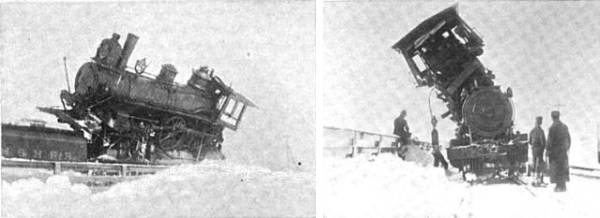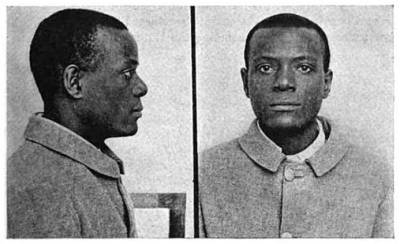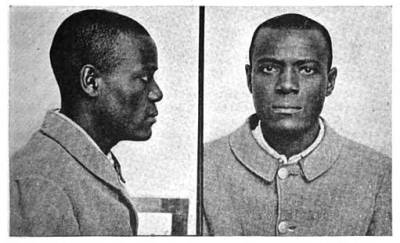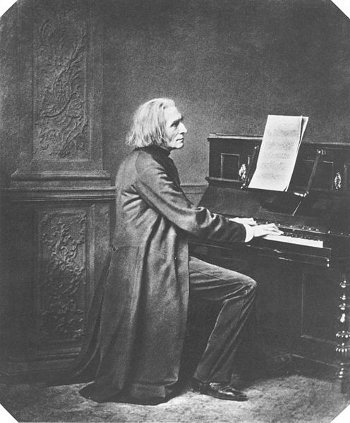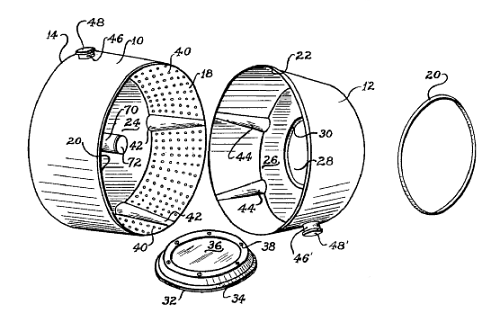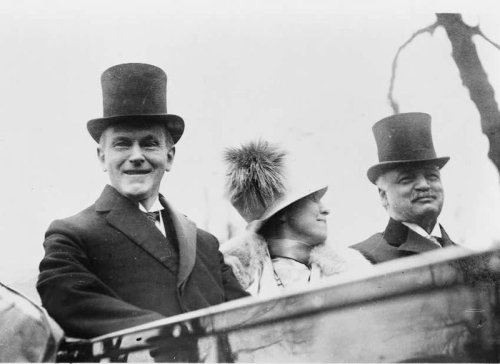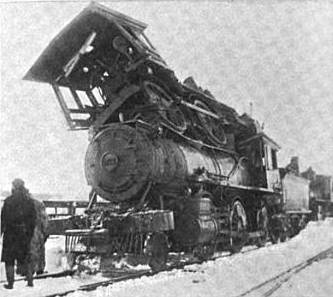
The accompanying illustrations give the reader a fair idea of the results of a peculiar wreck that occurred on the Northern Division of the N.Y., N.H. & H. Railroad near Worcester, Mass., on February 2nd [1898]. Engine 823, a 50-ton freight locomotive, was pushing a snow plow at a high rate of speed when it collided with Engine 684, an eight-wheel locomotive of lighter weight, which was also running at a high speed, and pulling a milk train.
Five men who were in the snow plow jumped into a bank of snow and were uninjured. … Another strange feature of this peculiar wreck is that just previous to the collision the men in the snow plow discovered that the knob was off the door and they were locked in. They finally contrived to open the door, and on looking out saw the milk train coming. The snow plow was completely demolished. The wreck was caused by a telegraph operator going to sleep and allowing the snow plow to pass his station when he had orders to hold it.
— Locomotive Firemen’s Magazine, March 1898
